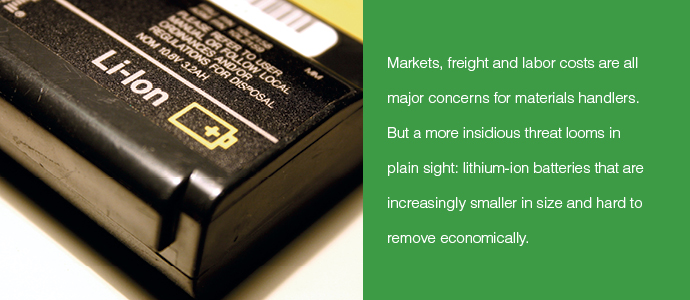The impact of the seismic shift in recycling markets over the past two-and-a-half years can be clearly seen in the quarterly recycling revenue numbers of Waste Management, which operates roughly 100 materials recovery facilities in North America.
The publicly traded company has seen its quarterly recycling-related revenue decline 35% (from $375 million to $245 million) since the third quarter of 2017. In July of 2017, China announced its intention to ban many categories of recyclables, and the policy was implemented at the start of 2018.
Values for many key curbside materials have dropped significantly since then.
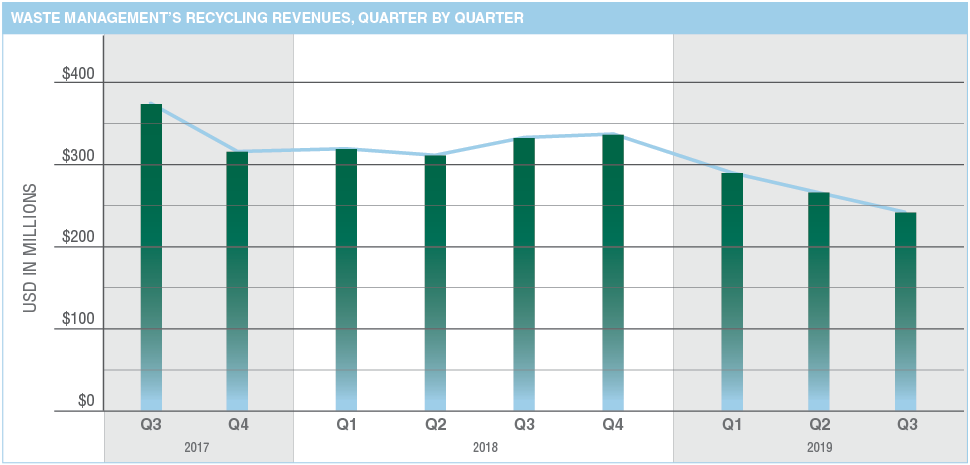
Information for this month’s Data Corner came from Waste Management’s publicly available earnings reports.
This article originally appeared in the November 2019 issue of Resource Recycling. Subscribe today for access to all print content.


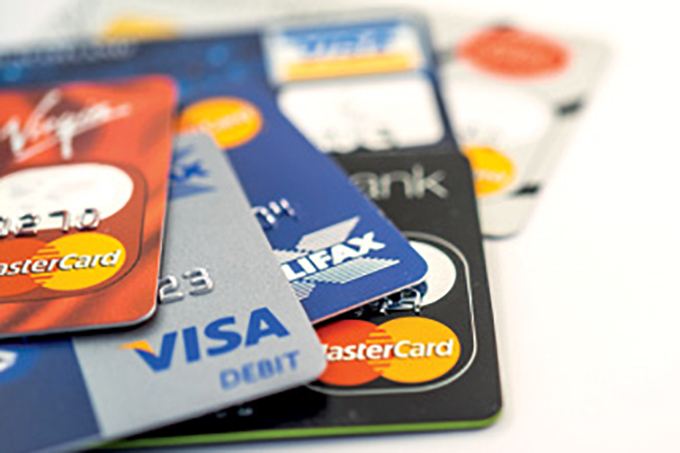
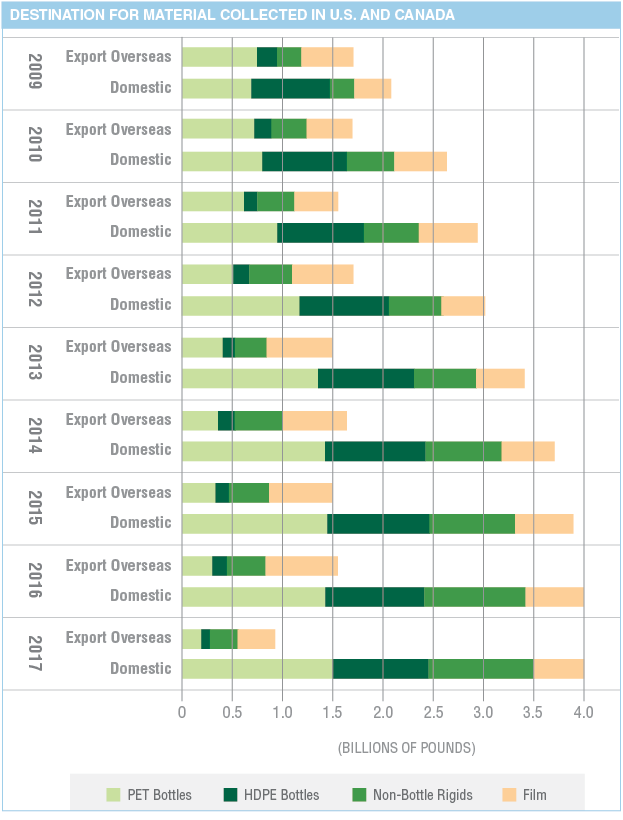
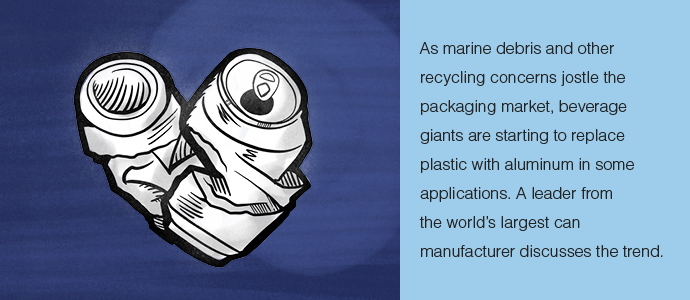
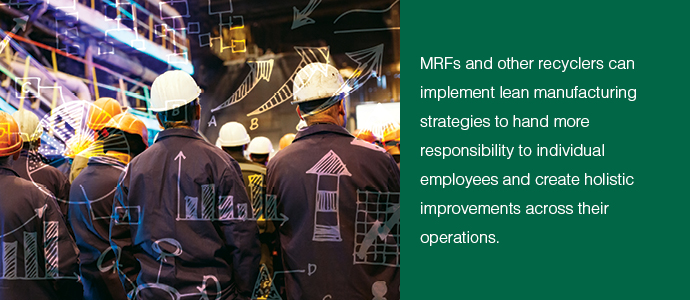
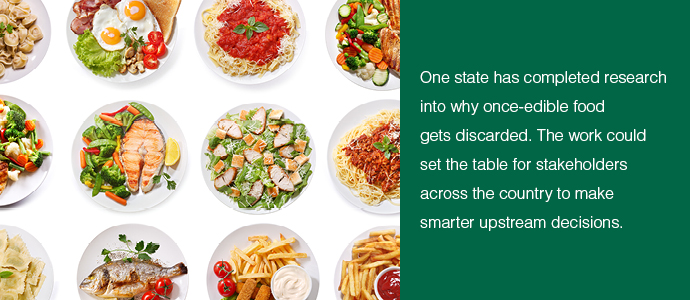
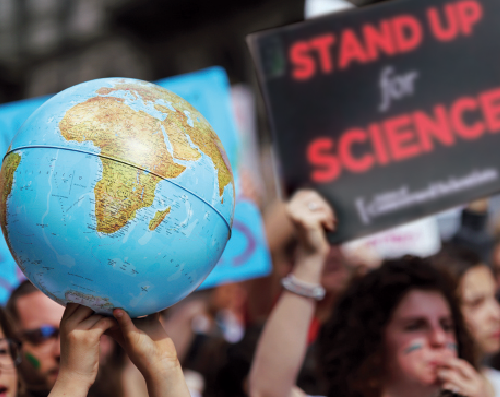 Public protests act as a call for change. But they also signify the fact that significant societal shifts have already occurred.
Public protests act as a call for change. But they also signify the fact that significant societal shifts have already occurred.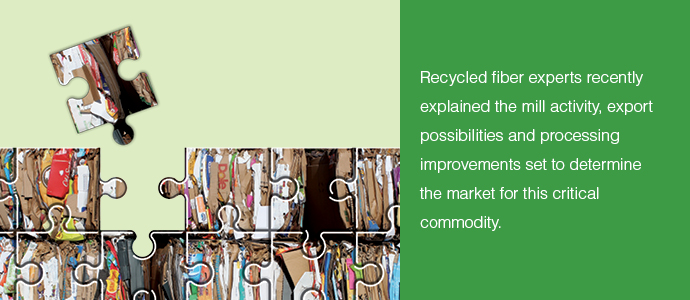
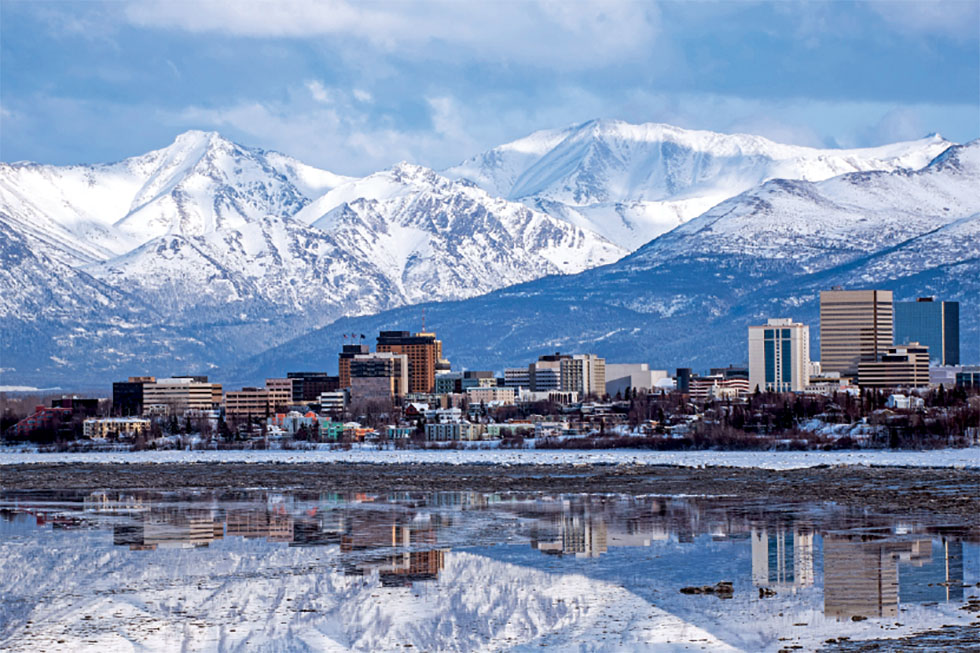 With its wide open spaces and physical distance from the rest of the country, things work a little differently in Alaska.
With its wide open spaces and physical distance from the rest of the country, things work a little differently in Alaska.